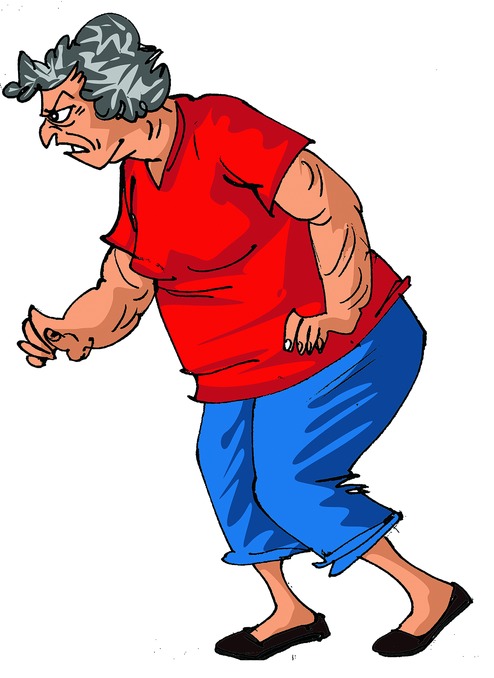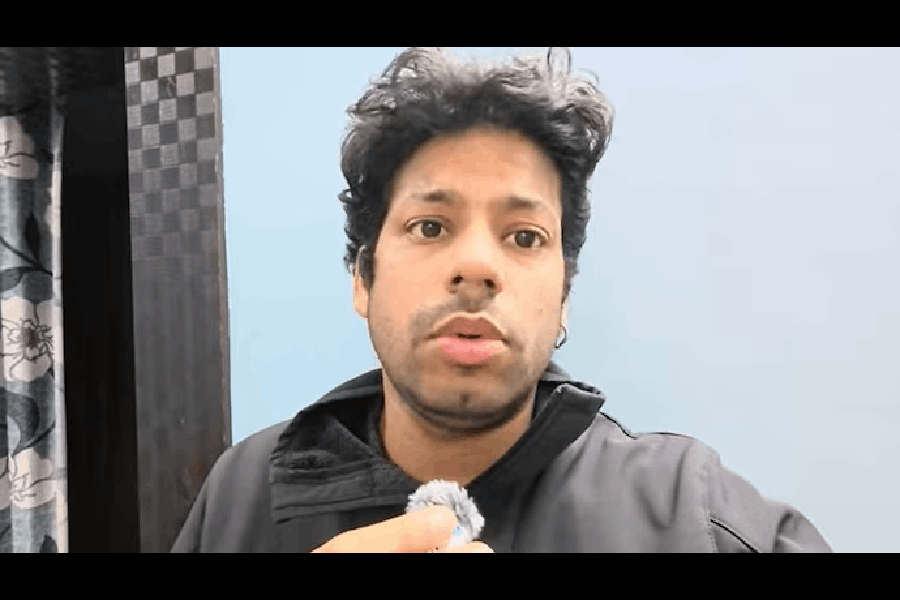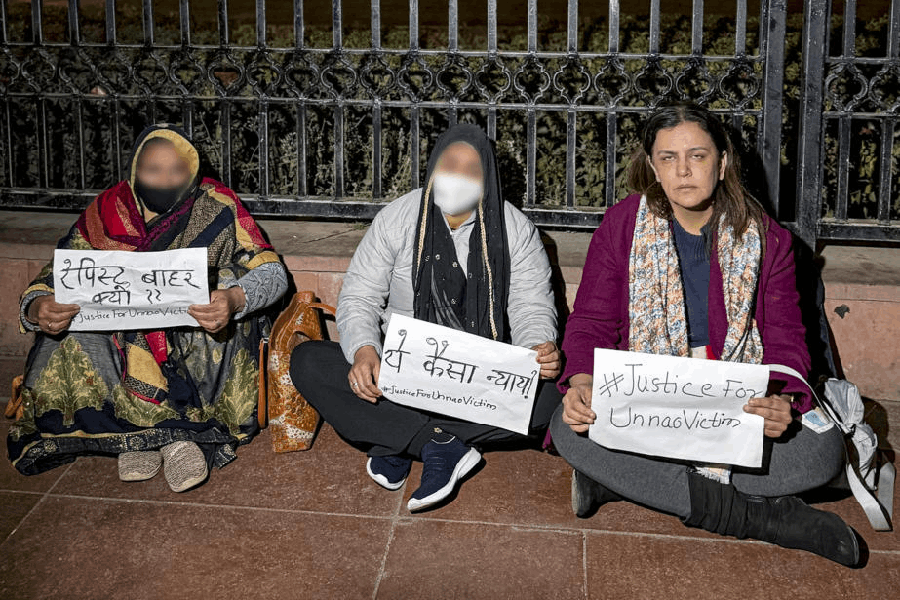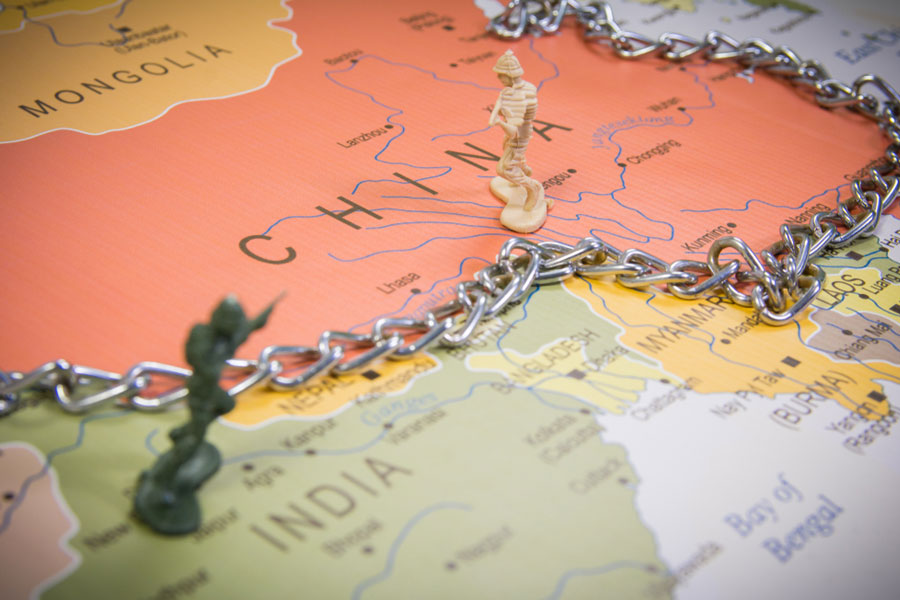
We start walking around the age of one and continue to do so till we die. If a person lives to be 80 - an average person takes 7,000 to 7,500 steps a day - he or she will end up walking 1,77,030km or five times around the earth. This lifetime of use takes a toll on our feet.
The heel is connected to the front of the foot with thick plantar fascia and to the back of the knee with the Achilles tendon and calf muscles. The fascia is thick, with scanty blood supply but plentiful nerves. Repetitive movements cause micro tears. It heals, but the scar tissue is relatively inelastic. Nerves can get trapped in this tissue, causing pain and tingling. It can pull at the bone at the back of the heel, forming a parrot-beak like growth called a calcaneal spur.
Sometimes people go to sleep perfectly well, only to suffer excruciating pain in the heel of one leg in the morning. Though the pain decreases after a few steps, it reappears the next morning. When a person stands, the weight is not equally distributed on both feet. Everyone favours one foot and that is the foot which starts to hurt. Also, if you walk barefoot on hard mosaic, granite or marble floors - earlier Indian homes had soft mud floors - you end up with painful feet.
Heel pain is evaluated with an examination of footwear, calculation of the BMI, the site of the pain, movements of the foot, blood tests for diabetes and gout, X-ray, ultrasound and MRI.
Paying proper attention to footwear can prevent damage to the heels. Children do not need shoes until they start walking confidently. Their shoes should have at least a thumb's space between the toe and the end of the footwear, the heel should be sturdy but not confining, and the material should allow the feet to breathe. Avoid synthetic, plastic and rexine shoes. Wear suitable footwear for athletic activity. Running and playing games barefoot should be discouraged.
Adults' shoes should be comfortable with a cushioned heel. Ill-fitting and worn-out footwear causes faulty gait and heel pain. Women should avoid tight footwear and heels. Improper footwear can cause the tendon at the back of the ankle to rupture or lead to a severe impact injury.
Heel pain can be tackled by soaking the affected foot in hot salty water morning and evening for 10 minutes, and then applying an ice pack to the heel. An analgesic like paracetemol can be taken.
If there is no improvement after a week of these home remedies, an orthopaedic evaluation is required. Splints, supports, injections into the painful region or surgery may be needed.
Risk factors
• Middle age
• Being female. This may be explained by the greater length of time women stand cooking and cleaning
• BMI (body mass index, weight divided by height in metre squared) more than 30
• Diseases such as diabetes, rheumatoid arthritis and gout
• Congenital problems like flat feet
• Being an athlete, especially a runner or a volleyball or badminton player. Child athletes too can suffer, especially if repeated jumps cause trauma to the growth centre of the heel
• Walking barefoot on mosaic, granite and marble floors
The writer is a paediatrician with a family practice at Vellore and author of Staying Healthy in Modern India.
If you have any questions on health issues please write to yourhealthgm@yahoo.co.in










